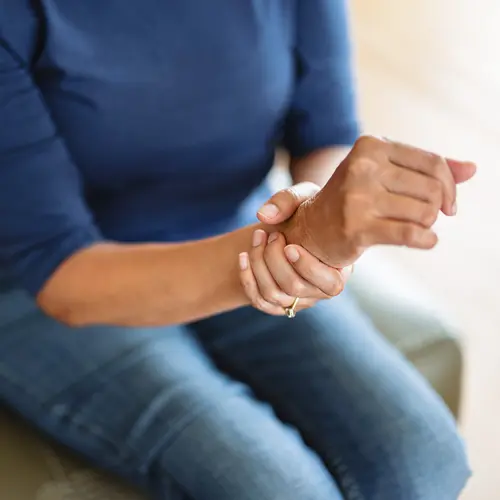Recommended

Related Links
- Osteoarthritis News
- Osteoarthritis Reference
- Osteoarthritis Slideshows
- Osteoarthritis Quizzes
- Osteoarthritis Videos
- Find a Rheumatologist
- Osteoarthritis Medications
- Arthritis
- Drug Interaction Checker
- Living Healthy
- Pain Management
- Pill Identifier
- Psoriatic Arthritis
- Rheumatoid Arthritis
- Tendinitis
- More Related Topics